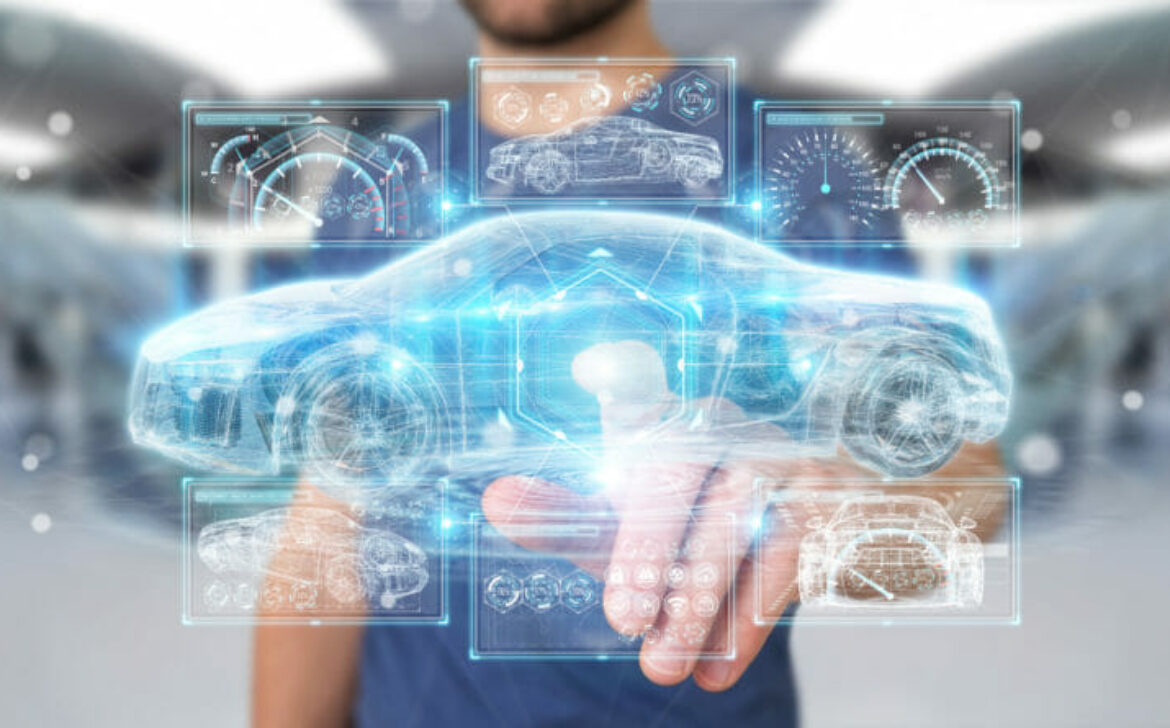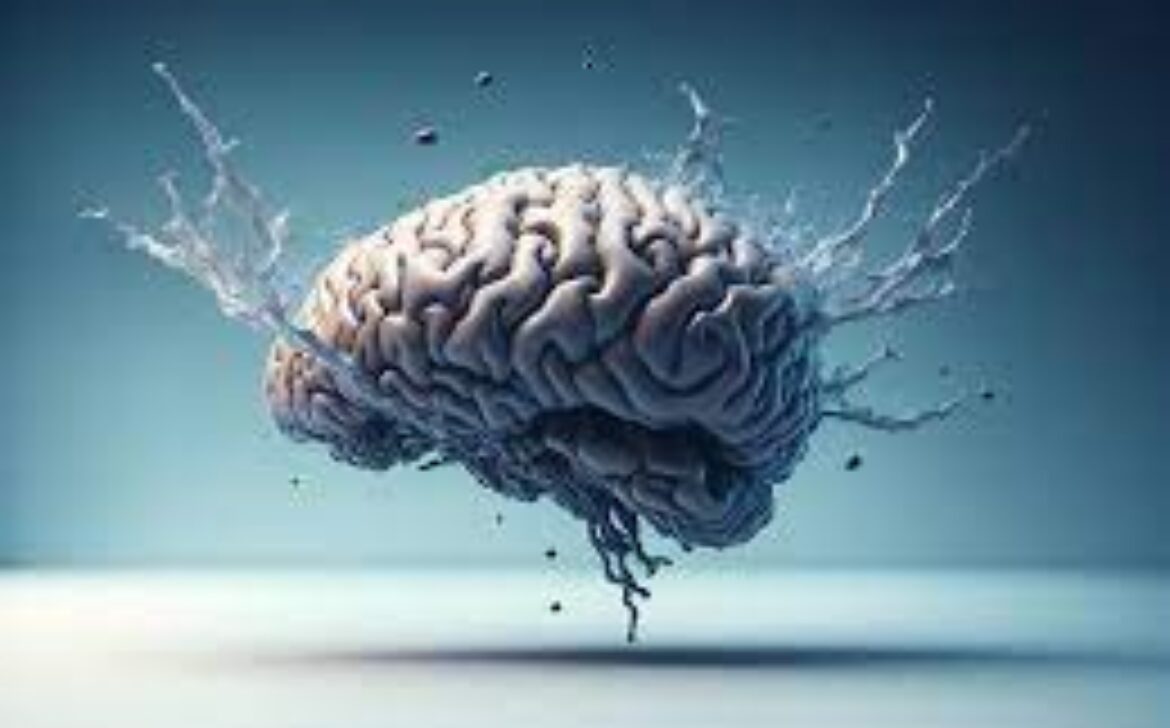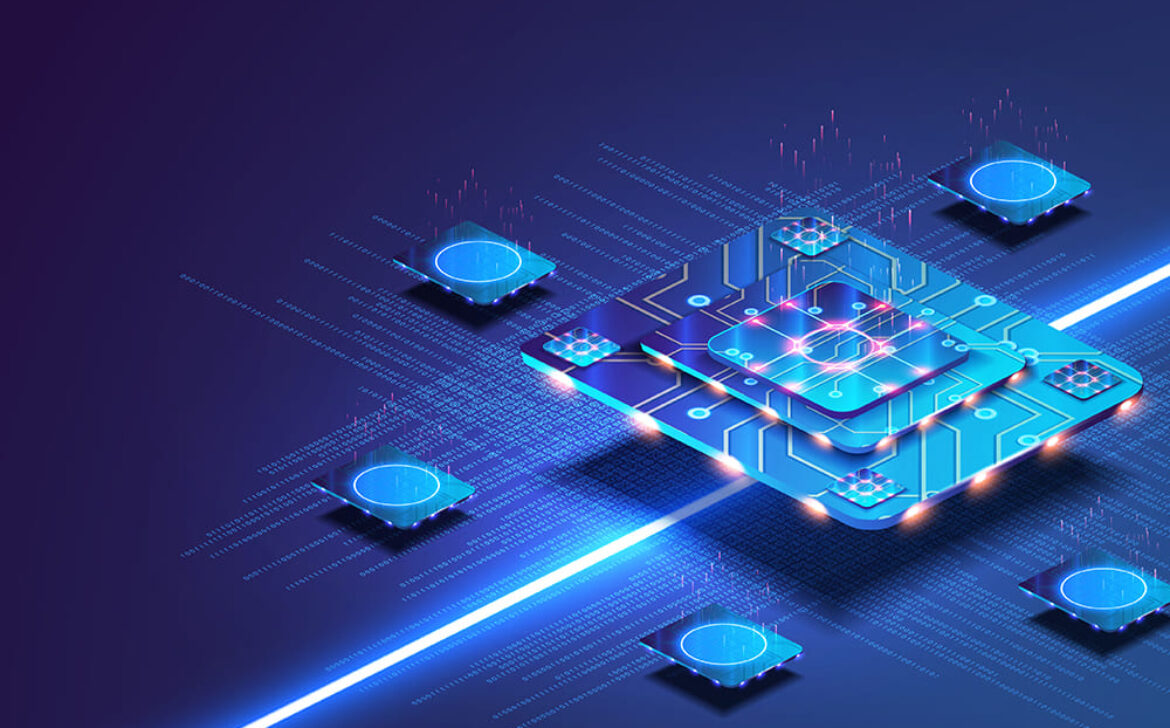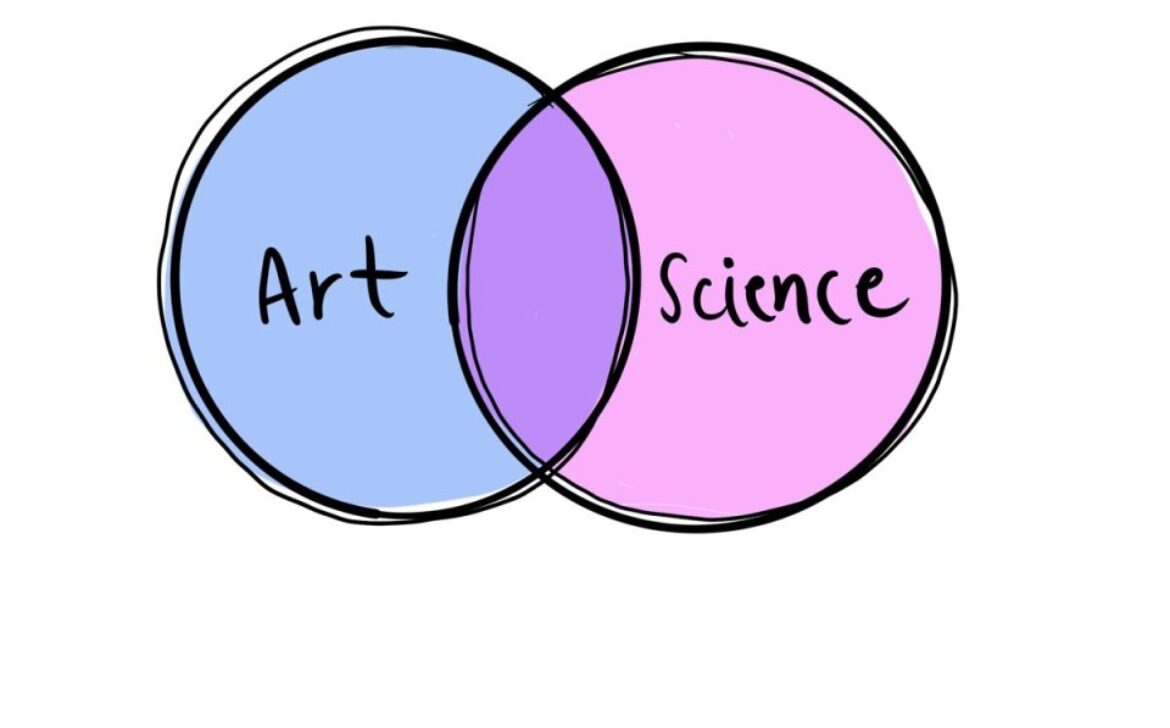Deep Learning: Unraveling the Power of Neural Networks
Introduction: Navigating the Deep Waters of Artificial Intelligence
- Introducing Deep Learning: A Paradigm Shift in AI
- The Evolution of Neural Networks: From Perceptrons to Deep Learning
- Setting the Stage: Why Deep Learning Matters in Today’s Tech Landscape
1. Understanding Deep Learning: Decoding Neural Networks
- The Building Blocks: Neurons, Layers, and Activation Functions
- Backpropagation: Unraveling the Training Process of Neural Networks
- Deep Dive into Deep Learning: Convolutional, Recurrent, and Generative Networks
2. Applications of Deep Learning: Revolutionizing Industries
- Deep Learning in Healthcare: Diagnostics, Drug Discovery, and Personalized Medicine
- Financial Forecasting: How Neural Networks Are Reshaping Stock Market Predictions
- Marketing and Customer Insights: Targeted Campaigns and Sentiment Analysis
- Autonomous Technology: From Self-Driving Cars to Robotics, AI Takes the Wheel
3. Deep Learning vs. Traditional Machine Learning: Bridging the Gap
- Understanding Traditional Machine Learning: Algorithms, Decision Trees, and SVM
- The Limitations of Traditional Approaches: Where Deep Learning Excels
- Hybrid Approaches: When Deep Learning and Classical ML Join Forces
4. SEO Optimization: The Key to Online Visibility
- Unraveling SEO: Keywords, Meta Tags, and the Anatomy of Search Engine Algorithms
- Mastering On-Page SEO: Crafting Engaging Content with Keywords
- Off-Page SEO: Link Building, Social Signals, and Their Impact on Rankings
5. Crafting SEO-Friendly Content: A Step-by-Step Guide
- The Art of Engaging Readers: Compelling Headlines and Multimedia Elements
- Keyword Research and Integration: Tools, Techniques, and Natural Language Flow
- Mobile Optimization: Ensuring Seamless User Experience Across Devices
6. The Future of Deep Learning: Trends and Innovations
- Reinforcement Learning: Teaching Machines Through Trial and Error
- Generative Adversarial Networks (GANs): AI’s Creative Side Unleashed
- Transfer Learning: Leveraging Pretrained Models for Faster, Smarter AI Solutions
7. Tips for Implementing Deep Learning Projects: Best Practices
- Data Preprocessing: Cleaning, Normalization, and Handling Imbalanced Data
- Choosing the Right Neural Network Architecture: CNNs, RNNs, and Beyond
- Hyperparameter Optimization: Fine-Tuning Models for Peak Performance
- Overcoming Challenges: Ethical Considerations, Bias, and Responsible AI Practices
Conclusion: Embracing the Deep Learning Revolution
- Reflecting on the Journey: How Deep Learning Has Reshaped Our World
- The Continued Impact: Nurturing Innovation and Collaboration
- Embracing the Future: How Individuals and Businesses Can Harness Deep Learning for Success
Call-to-Action: Ignite Your Deep Learning Journey
- Explore More: Related Articles, Tutorials, and Case Studies Await
- Stay Informed: Subscribe for the Latest Updates in Deep Learning and AI
- Join the Conversation: Connect with Us on Social Media and Share Your Insights










